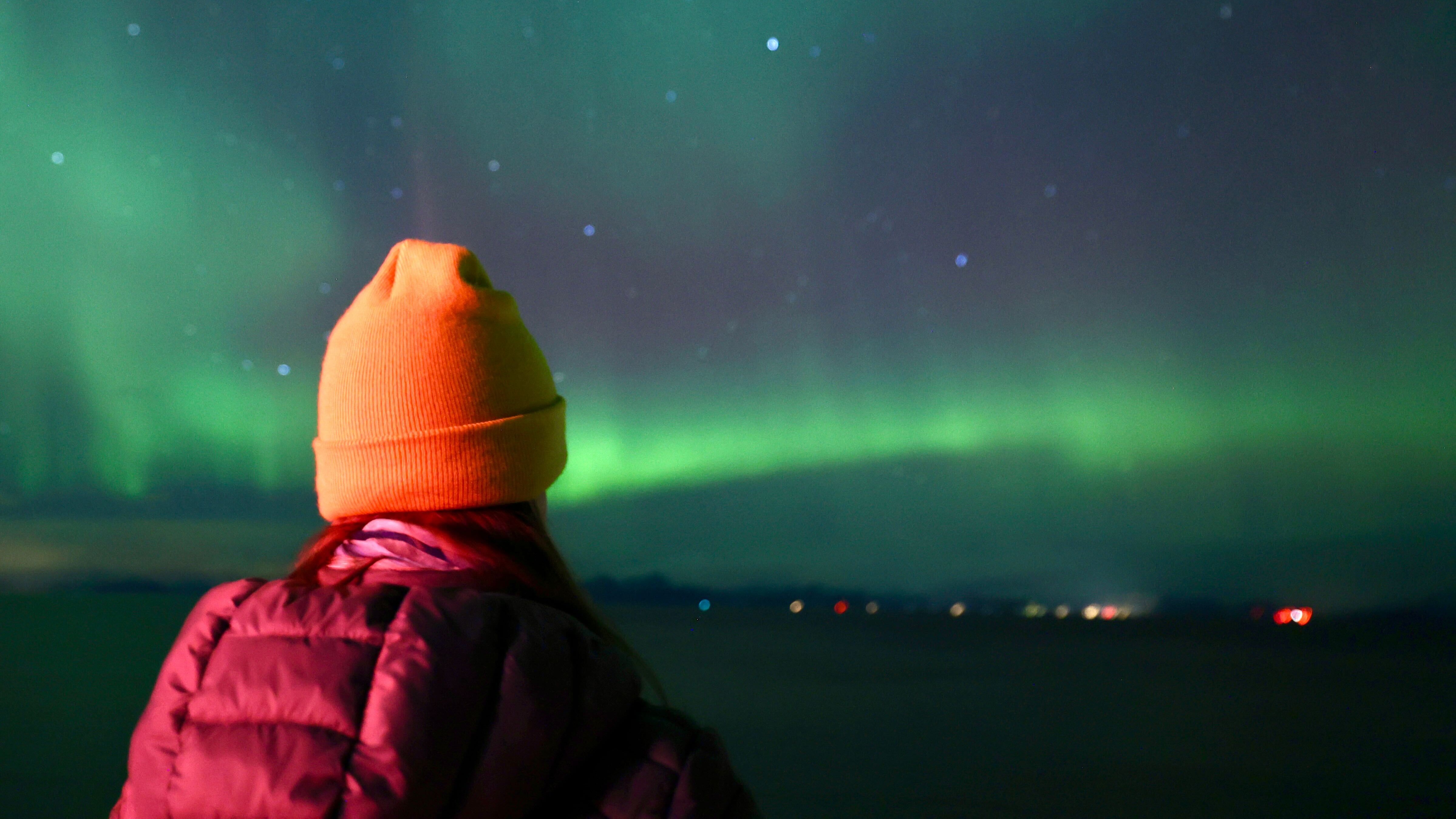A powerful geomagnetic storm is currently racing toward Earth, potentially creating one of the most spectacular northern lights displays of the year across much of the United States. The National Oceanic and Atmospheric Administration's Space Weather Prediction Center has issued a severe G4 geomagnetic storm watch for November 12, 2025, following multiple solar flares and coronal mass ejections from the sun.

How the Solar Storm Unfolded: Inside the X5.1 Flare
The celestial fireworks began early Tuesday morning when the sun unleashed an X5.1 class solar flare around 4 a.m. Central time, marking it as the strongest solar flare of the current solar cycle. The flare was so powerful it caused radio blackouts across Europe and Africa, according to NOAA's Space Weather Prediction Center.
"This latest CME is stronger and moving much faster, so it's possible it merges with the older CMEs to create a powerful geomagnetic storm Tuesday night and again on Wednesday," reported NBC Chicago's weather team. The sun has released multiple coronal mass ejections over the past few days, with the most recent one potentially merging with earlier eruptions to create what space weather experts call a "cannibal CME" - where faster-moving solar material overtakes and combines with slower-moving material.
Timeline: When the Northern Lights Could Appear
Current forecasting from NOAA suggests the geomagnetic storm conditions will begin to strengthen around 4 p.m. ET on Tuesday, building to G3 strength around 10 p.m. ET. After a brief weakening period, conditions could surge to G4 strength around 10 a.m. ET on Wednesday and remain at or above G3 through 11 p.m. ET.
According to Eric Snitil, chief meteorologist at Nexstar's WROC, conditions could be even stronger than forecast, potentially bringing a glimmer of the northern lights further south into parts of Nevada, Utah, Colorado, Kansas, Missouri, Kentucky, West Virginia, Virginia, Maryland, and New Jersey. "Until Earth begins to feel the impacts of the solar material, forecasting the northern lights show for Wednesday may be difficult," Snitil explained. "Conditions may be strong enough to make the northern lights visible in nearly every state."
Why This Solar Storm Matters: Expert Analysis and Impact
Solar flares are classified based on their strength, starting at B-class, then climbing to C-class, M-class, and finally X-class. Each letter represents a tenfold increase in energy output, with X-class flares being the most powerful. The X5.1 flare detected Tuesday morning is particularly significant as it represents the peak of solar activity during the current solar cycle.
"A flare is an eruption of energy from the sun that generally lasts minutes to hours," the SWPC explains. While X-class flares can cause radiation storms that impact satellites and give small radiation doses to airplane passengers flying near the poles, most companies and utilities are able to activate safeguards to minimize disruptions to power grids, communication networks, and GPS systems.
The agency warned that while there may be "detrimental impacts to some of our critical infrastructure technology...mitigation is possible." These warnings are common during strong geomagnetic storms, but most people likely won't notice any such impacts beyond the spectacular light show.

Where Things Stand Now: Latest on Aurora Visibility
Based on the latest NOAA aurora forecast map, the following 21 U.S. states appear fully or partially above the aurora view line: Alaska, North Dakota, Minnesota, Montana, Wisconsin, Michigan, Maine, South Dakota, Idaho, Vermont, Washington, New Hampshire, Wyoming, New York, Iowa, Massachusetts, Pennsylvania, Nebraska, Ohio, Illinois, and Indiana.
However, as Space.com notes, "auroras are fickle; sometimes they appear much farther south than predicted, and other times they barely show up at all. Many conditions have to align for the perfect display." Cloud cover may also play a role in visibility, with forecasts suggesting clouds could block out the colorful aurora for those in New England and the Great Lakes region on Tuesday.
What Happens Next: The Road Ahead for Aurora Viewing
For those hoping to catch a glimpse of the northern lights, experts recommend finding a north-facing vantage point with a clear view of the horizon as far from light pollution as possible. Using your phone camera to scan the sky can help detect faint auroras before your eyes spot them, as camera sensors are often more sensitive to the low-light conditions.
"Try to let your eyes adapt to the dark for at least 30 minutes; this will help your night vision develop," advises Space.com. "Wear warm clothing! Part of the fun of aurora hunting is the chase. Be prepared to sit or stand for hours if conditions are looking promising, as you won't want to miss the show when it starts!"
Space weather apps like "My Aurora Forecast & Alerts" or "Space Weather Live" can provide real-time updates on aurora activity based on your location, helping maximize your chances of witnessing this rare celestial event.
Key Takeaways from the Geomagnetic Storm
The current solar activity represents a significant space weather event that could produce northern lights visible across much of the continental United States. With multiple coronal mass ejections expected to impact Earth over the next 24-48 hours, aurora chasers have multiple opportunities to witness this natural phenomenon. While the exact timing and intensity remain uncertain, the potential for widespread visibility makes this event particularly noteworthy for skywatchers across the country.


